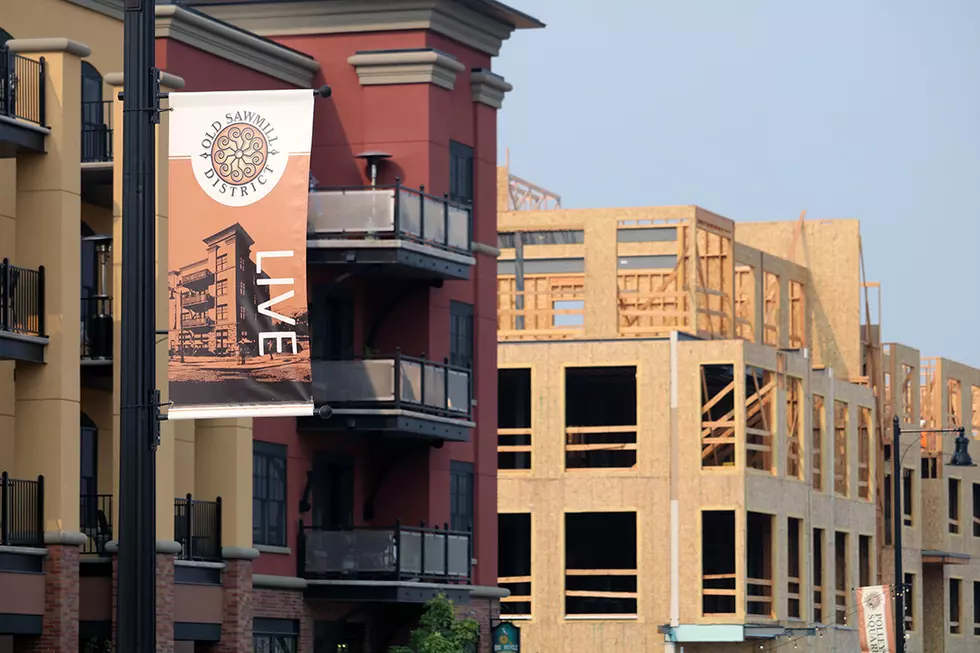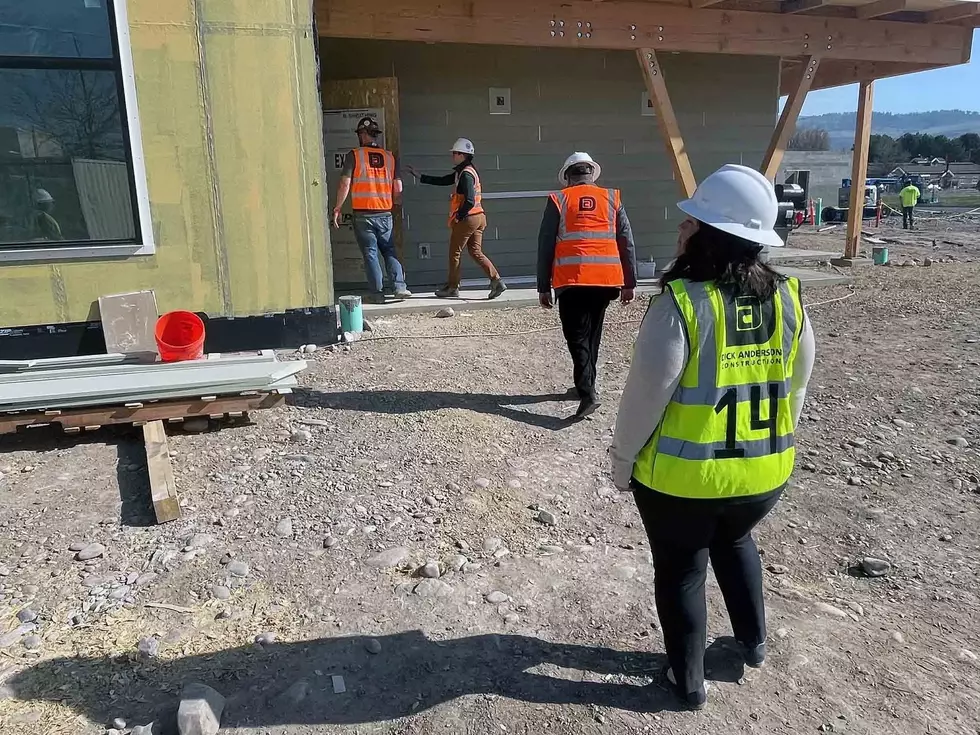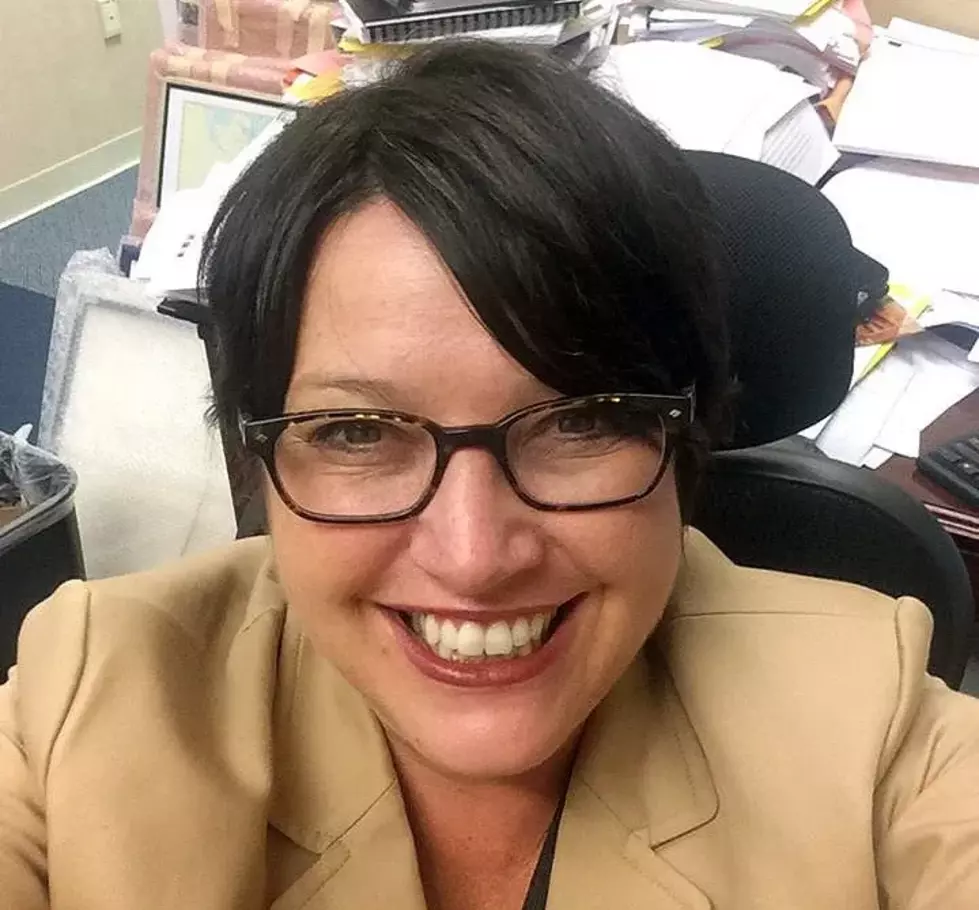
City’s workforce housing program could grow housing trust fund
Martin Kidston
(Missoula Current) A new tool in state law that defines workforce housing as infrastructure has city leaders eager to implement a pilot program that will direct tax increment toward “bricks and mortar” projects while helping grow the city's Affordable Housing Trust Fund.
The Missoula Redevelopment Agency unveiled its proposal last week and presented it to members of the City Council on Wednesday, where it received high praise in its potential to boost the city's stock of workforce housing.
“This (program) really expands it to the structure itself, which we couldn't do in the past,” said council member Heidi West. “That's hugely exciting. I'm excited to see what will happen.”
In past years, state law permitted cities to direct tax increment toward public infrastructure associated with private projects, such as sidewalks, utilities and landscaping. It didn't, however, permit the city to direct tax increment into the project itself.
But that changed in 2021 when the Legislature added workforce housing to its definition of infrastructure. That was further clarified in 2023 when language was added to define workforce housing as serving families that earn between 60% and 140% of the area median income.
The AMI in Missoula County currently stands at around $86,000, according to federal guidelines. But the median price of a home in Missoula currently stands at $529,000, which remains out of reach for many working residents.
Offering incentives to developers to bring down the cost of construction and other expenses could make housing more attainable to a greater number of residents.
“Flexibility is important. We need to get this out in practice and see how people who build houses in Missoula react to it,” said council member Mike Nugent. “People making way above the AMI, up to 140%, are struggling to live here and home ownership is really important. This could be a huge step forward.”
Program recommendations
The program will direct tax increment to help offset certain costs associated with construction, such as bridging funding gaps between the true cost of construction when compared to what's offered in the end as workforce housing.
It could also be used to purchase property earmarked for workforce housing, cover soft costs associated with construction, or offer an interest-rate reduction on a construction loan.
“It's a challenging time to build housing in our community,” said Annie Gorski, assistant director of the Missoula Redevelopment Agency. “We know not every project needs the same kind of assistance to make it possible. These projects wouldn't be built in our community without some kind of public investment.”
Given the cost of land in Missoula, along with the cost of materials and labor, and high interest rates, building a project that's affordable to the working class has become increasingly challenging.
But Gorski and others believe tax increment can help, and there are a variety of ways developers can use it under the new program. The recommendations would also require any commercial business that seeks tax increment to make a contribution to the Affordable Housing Trust Fund that's equal to 10% of their award.
That includes business headquarters, banks and hotels, along with other commercial projects. If that had been in practice at the beginning of 2000, Gorski said it would have generated more $5 million in the Affordable House Trust Fund.
“We see this as one more way in these guidelines to encourage and see more housing in our community,” Gorski said. “We're trying to create some requirements that further the city's housing goals but doesn't discourage development in the urban core and that infill development we want to see, rather than building outside our urban renewal districts and pushing development further out.”
While some have been critical of awarding tax increment to cover public infrastructure alongside private, commercial projects, Gorski said those projects are key to the entire workforce housing program working out in the long run and growing the Affordable Housing Trust Fund.
If commercial projects aren't available to grow the city's tax base, there is no money to invest into workforce or deed-restricted housing.
“We still need those commercial projects – the business headquarters and hotels – that are taxed at a higher rate in Montana than a residential project and therefor help us generate that revenue to put back into housing in our community,” Gorski said. “The (MRA) board has recognized this program as a top goal, but workforce housing isn't our only goal.”
The program could be implemented this month.
More From Newstalk KGVO 1290 AM & 98.3 FM










